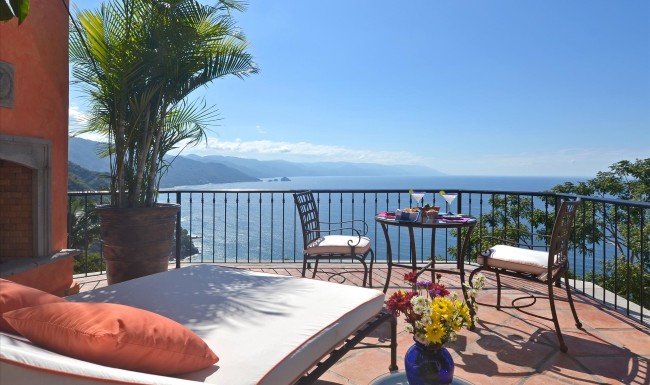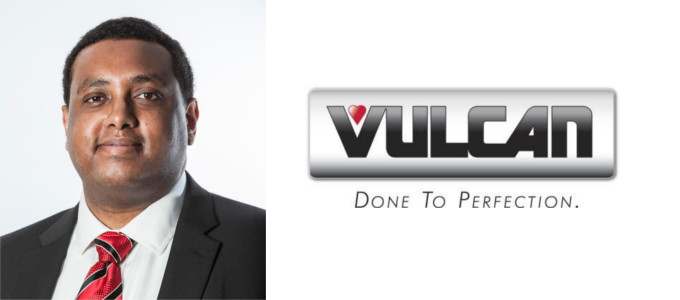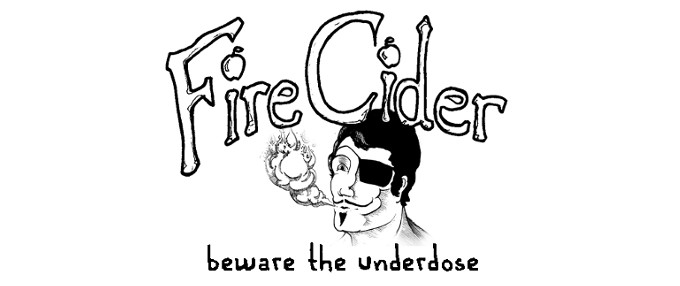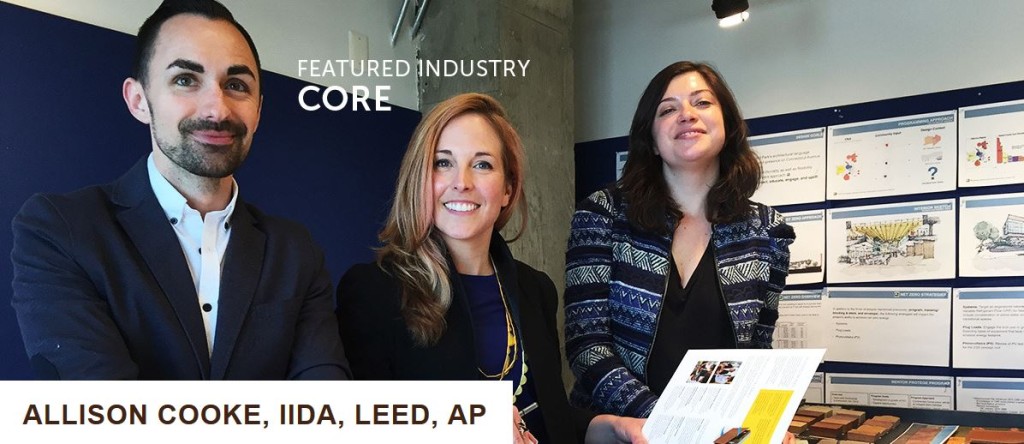 Position: Director of Hospitality Design
Position: Director of Hospitality DesignI’ve known I’ve wanted to do something artistic, ever since I was young. My brother and I took drawing and painting classes and did cartooning, sketching, and learned different types of media. I loved it!
I remember a middle-school diorama project where we had to draw a plan and wall elevations and tape it together like a room. It was the Laura Ashley era in residential design so everything was very flowery – a total nightmare- with frilly pillows and overstuffed sofas. Needless to say, my taste has evolved since then!
What is keeping you busy and engaged these days?
We are in the middle of construction on several new concepts: Centrolina, an Italian market-restaurant for Chef Amy Brandwein; Silver, a new upscale urban diner concept from Chef Ype Von Hengst and the team at Silver Diner; Buena Onda, a new restaurant/bar concept for Chef Jose Garces (that’s opening in March in Philadelphia); and, Boston Harbor Distillery, a custom-spirits distillery and event space/tasting room located at The Port on Boston Harbor in Dorchester, Massachusetts.
Also in progress are SouvlakiBar, a new fast-casual concept, and a 5,000 SF full-service Australian restaurant in the DC area.
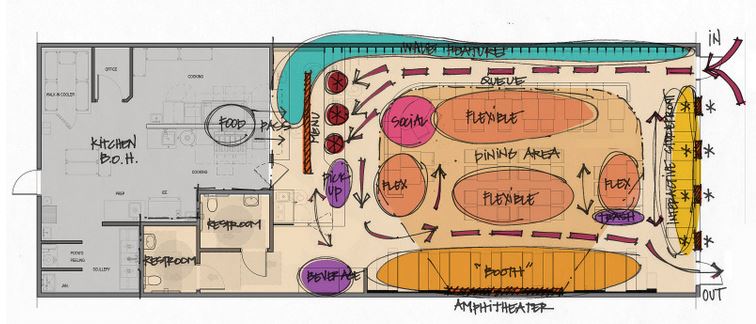 Is there a restaurant design trend you would like to see go away?
Is there a restaurant design trend you would like to see go away?
I think we’re all a little weary of reclaimed wood and exposed light bulbs, but even more so of the dark industrial finish palettes. I’m excited to see clients gravitating towards fresh and vibrant colors, but that style is not necessarily appropriate for everyone’s concept.
What do you think is the next big design trend in the restaurant industry?
I posed this question to CORE’s hospitality team and we see a number of trends influencing restaurant design. First, pop-ups, incubators, and temporary storefronts are enabling more start-up restauranteurs to try out their concepts in a specific market. Landlords are responding to the public’s desire for new and exciting F&B options by being more open to temporary leases.
Outdoor spaces (rooftops and patios) have become more important to restauranteurs. They’re either looking to highlight items they grow in-house and/or offer guests another dining environment.
We’re seeing chefs utilize cross-branding opportunities with non-food lifestyle brands to create a completely immersive experience – and extend the reach of their brand.
Also, our hotel and national clients are looking to bring local chefs into their properties to lend them credibility and give guests a regional experience within their multi-national chains. So that’s a great thing for small operators who will help to raise the expectation of F&B.
What is your office/work environment like, in terms of both space and staff?
We decided that the best way to describe ourselves is to reference an 1980’s television classic: “The A-Team”! We are a group of specialized individuals that work together quickly, strategically, and creatively to make a huge impact! Although we do not (yet) have a custom van, we are constantly hustling around and wearing many hats because our projects and clients are fast-paced. We have to be responsive to that.
Our group is extremely creative and versatile and our office is entirely open. We have a war room that is used for work in progress and internal design reviews. We also have an amazing finish and sample library – full of custom mockups we’ve made for projects as well as new materials. We have pin-up walls to encourage our team to share imagery and sketches. This is so important because it sparks conversations that would otherwise never happen. We’re actually in the process of renovating our office so we’ll have even more collaborative space in the early summer. We overlook the Georgetown waterfront too, which doesn’t hurt!
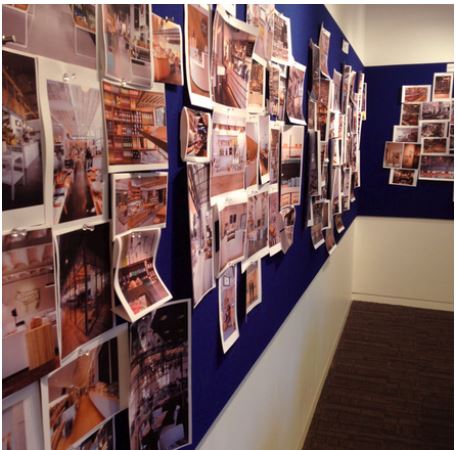 What do you look for in potential staff? Where do you go to recruit?
What do you look for in potential staff? Where do you go to recruit?
Local universities have been a great start for us, but honestly, a lot of our success in hiring comes from personal recommendations. We really want the best talent – those who are passionate about high-level design, but pragmatic and technically-oriented too. So much about restaurant design is functionality and coordination so we need people who are willing to tackle those types of complex projects. People find us because of our portfolio and seek us out. We’re very lucky in that regard.
What is your creative process? Is there is company protocol that you encourage your team to follow with your clients?
Design is subjective, so we have a very linear process to temper that. It works whether you have a client who has been through designing, building, and opening a restaurant before OR if it’s their first time. We start with a visioning session that’s designed to draw out the pictures and ideas that have been in our clients’ minds. Then we build on those notions as we start to outline their project’s form and functionality. Once we hit on that collective source of inspiration through shared experiences and images, we then have a way to test the design to make sure the concept stays on brand. We’re very good at guiding our clients through operational aspects of the plan layout, choosing materials that embody the design (and stay within budget), preparing the technical drawings needed to get a permit, and monitoring construction to make sure the end result looks like the design we created for them.
Chefs and restaurateurs are a creative bunch, is it hard to balance their vision with yours?
Not at all! Sometimes we find the more difficult part is editing all the ideas into a tight, cohesive design. We help our clients distill what is really critical so that they can present a strong brand voice – and that all comes back to our visioning session. The project’s ultimate shape is the result of a collaborative process between our team and the client.
What would you say your signature style is? What makes you unique?
As you may have guessed from our process, we don’t force anyone into a certain style. Our portfolio is incredibly varied because all of our clients have such different ideas about what their restaurants should be, and our flexibility and creativity lends itself to that. If we were designing projects in the same style every time, it would get pretty monotonous.
What is your favorite project to date and who was it for? Why did this experience stand out from the rest?
Pearl Dive Oyster Palace and BlackJack. The whole team from Black Restaurant Group has so much experience, and I’m proud of what I learned on that project. The design holds together so well, and represents the brand identity and concept perfectly. There are so many small touches and details that add richness and authenticity. We also worked with an amazing graphic artist who threaded their work seamlessly throughout our design. The building was really in need of some love too, so it was rewarding to be involved in rehabilitating it, as well as revitalizing the neighborhood.
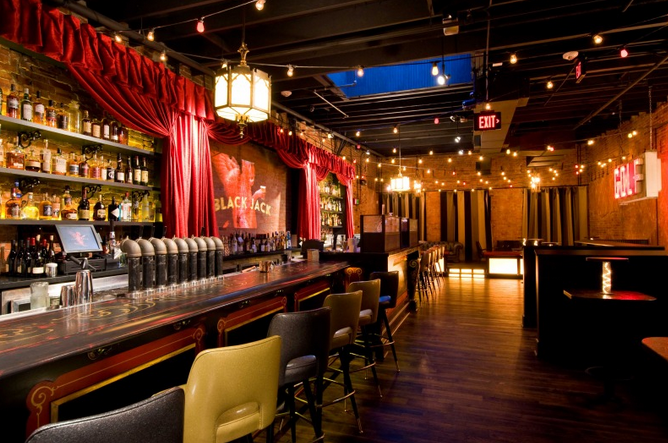 You’ve worked for Jose Andres, the master of the culinary world. Tell us about your experience, your projects and what it was like working for him.
You’ve worked for Jose Andres, the master of the culinary world. Tell us about your experience, your projects and what it was like working for him.
Working with him was such an amazing opportunity! The minibar/barmini by Jose Andres project was such fun for a number of reasons. Chef Andres had such a strong vision for the space and how it should support the F&B experience. Dual-concept projects are also a lot of fun because there is always a sense of mystery or playfulness between them. We got the opportunity to collaborate with chefs, mixologists, and Chef Andres’ designer from Barcelona and it was incredibly inspiring to work closely with them. The space has so much whimsy, the team is world class, and they love to be playful – and share that with their guests.
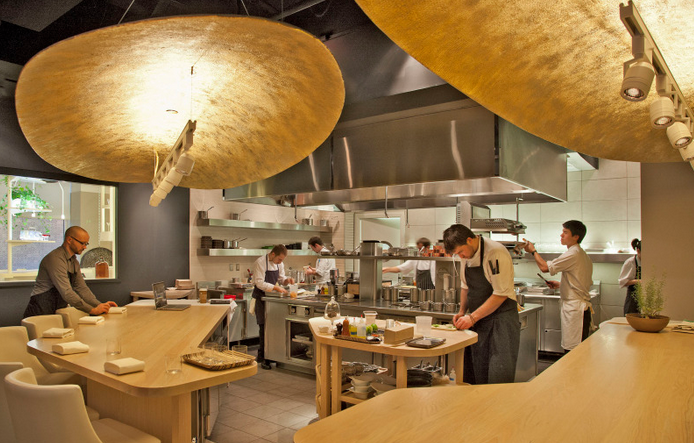 If you could design a space for anyone in the world, who would it be and why?
If you could design a space for anyone in the world, who would it be and why?
I truly enjoy designing for chef-focused concepts, because the food and architecture can mesh so well. For example, when I worked with Chef Victor Albisu on Del Campo, it was important that the smoky, rich interior or the space match his smoke-inspired South American menu perfectly. But our team also takes inspiration from sources other than food, especially fashion. Imagine if Alexander McQueen (by Sarah Burton) decided to open a food concept! Sign me up for that project.
How did you find Chef’s Roll and what urged you to join?
I found Chef’s Roll through an event listed on BISNOW’s daily mailer. Our client, Chef Amy Brandwein was participating. I was impressed by the site’s design and content, and thought it would be a great opportunity to raise CORE’s profile with a greater network of chefs who might not have heard of us or experienced some of our spaces before – in DC and around the country.
Anything else you’d like to share?
We love working with both experienced restauranteurs and new chefs. I will say that it’s hard not to get excited by young new chefs who are anxious to build their own concepts – especially when we see them take off and thrive. We’re so proud to be a part of that process.
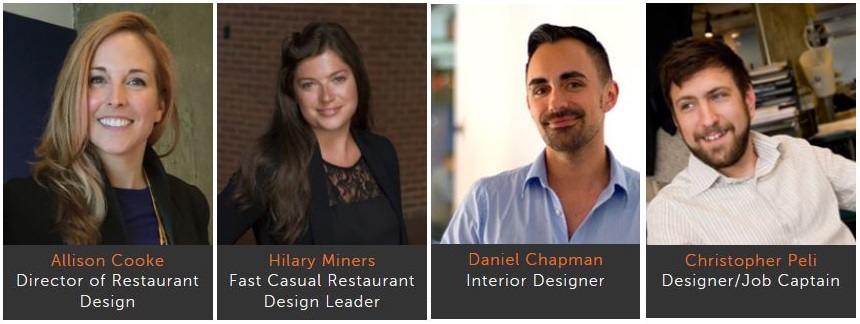
Are you a restaurant designer,food photographer, writer, chef, farmer, rancher or other culinary professional? Join our global culinary community today.



